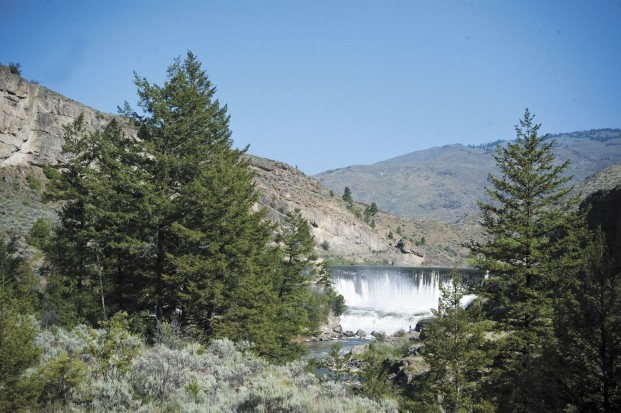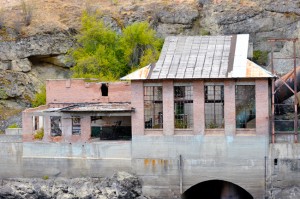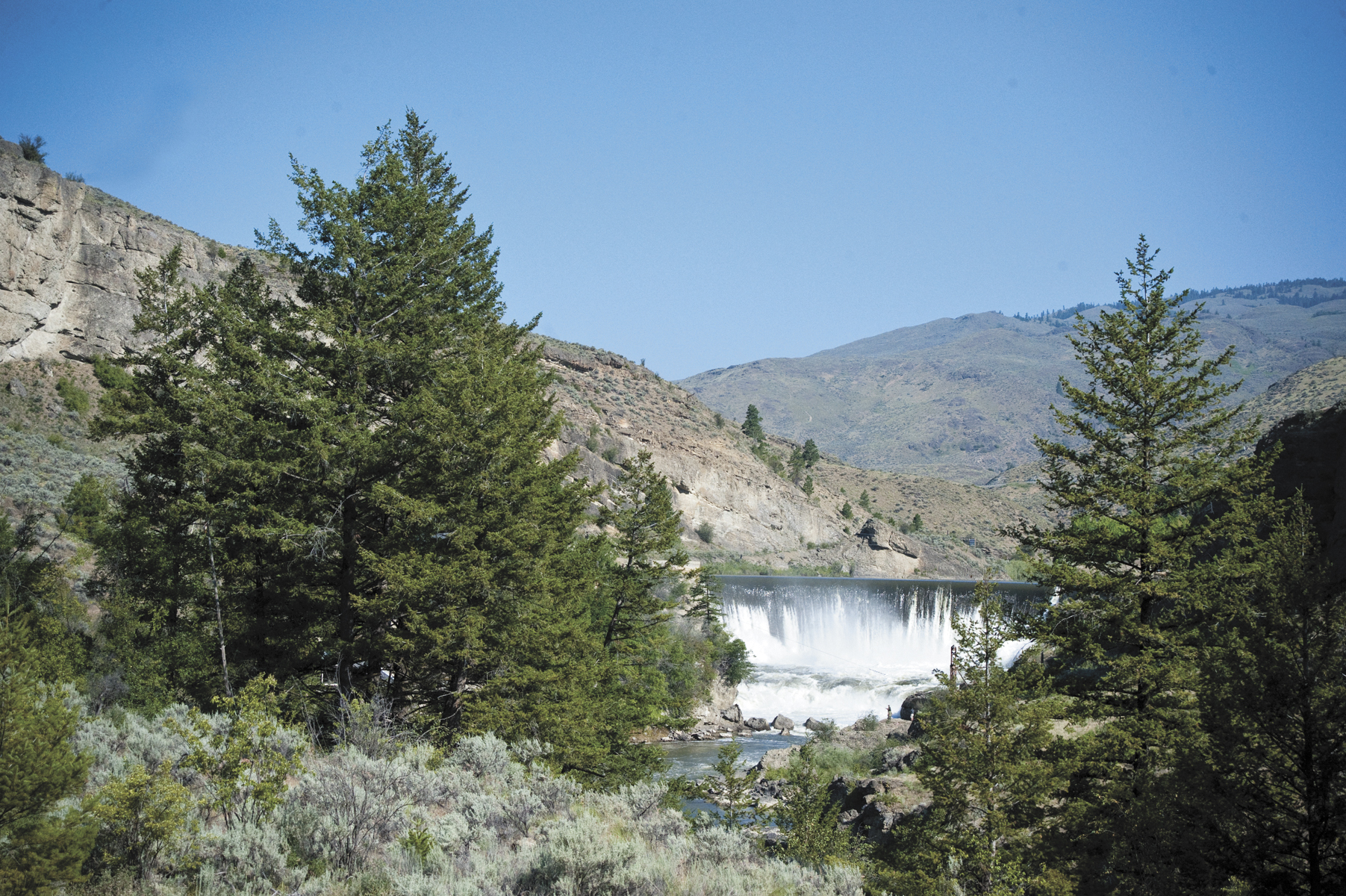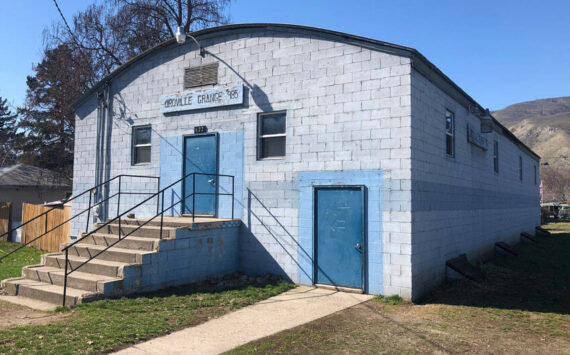

Okanogan County PUD Commissioners decided Monday not to continue pursuing re-electrification of Enloe Dam after cost estimates came in over twice what they were expecting.
OKANOGAN — At their Monday, Nov. 19 meeting Okanogan County PUD Commissioners pulled the plug on re-electrification at Enloe Dam near Oroville after being told costs would be twice as much as originally estimated.
The vote to not proceed with re-electrify the dam, northwest of Oroville on the Similkameen River, was unanimous by all three board members. At the direction of the board, district staff will now investigate the future of Enloe Dam, keeping safety and cost considerations at the forefront, according to Sheila Corson, Community Relations Coordinator for the PUD. The commissioners granted staff 120 days to explore the legal, political, environmental and financial issues related to the site.


The decision was prompted by a Nov. 1, 2018 meeting in which the district was informed by design-build firm Max J. Kuney of Spokane that the guaranteed maximum price under the design-build contract for electrifying Enloe Dam would be $70.4 million, more than twice initial estimates. In light of this new evidence as to the cost impact to ratepayers, district staff recommended that the board no longer pursue electrification of the dam.“The staff did a good job of presenting it, they did a great job of running the numbers. The price was like $87 million and as you listen to the discussion really figured more like $100 million as interest rates going up and they’re not slowing down,” said Oroville City Councilman Mike Marthaller, after attending the meeting.
In 2005, the district began a process to investigate the feasibility of re-energizing the dam by submitting an application for a preliminary permit to the Federal Energy Regulatory Commission (FERC). During the 13 years since, the district received a license from FERC, engaged in litigation to defend its license and its pursuit of the project and contracted with Kuney to produce final engineering designs and schematics.
“Throughout this process, the district has continued to evaluate the merits and economics of pursuing electrification of the dam,” writes Corson in a press release following the commissioner’s vote.
“Consistent with its obligations to district ratepayers and the process it has envisioned since it first began investigating electrification of Enloe Dam, the board discussions at the Nov. 19 meeting turned to whether to continue pursuit of the project in light of this guaranteed maximum price. The board further noted that the $70.4 million price does not include tax or district costs during construction, which raise the total estimate to $87.4 million. Additional costs could be encountered to address unforeseen matters such as environmental mitigation, archaeological concerns, or geological circumstances,” writes Corson
The cost per megawatt-hour of the dam is estimated to be $150 per mwh. In comparison, the Wells hydroelectric project costs $12 per mwh, Nine Canyon Wind Projects costs $69 per mwh and Bonneville Power Administration costs $33 per mwh.
“The district has been working toward developing this project for 13 years, continually pausing at each step of the process to ensure that electrification is in the district’s financial interests and can be accomplished consistent with its legal, political, and environmental obligations. During this period, the district successfully navigated the regulatory processes for developing a hydropower project and defended the necessary regulatory approvals it had obtained to pursue the project. Nevertheless, after reviewing the cost estimate, the Board decided at the Nov. 19 meeting that re-energization of Enloe Dam in an environmentally responsible manner is cost-prohibitive,” writes Corson.
What was once a “wooden crib dam” built in 1906, Enloe Dam was reconstructed to be a concrete structure costing $125,000 in the early 1920s. Enloe Dam operated from about 1920 to 1959. When cheaper power became available in 1959, it was decided at the time that costs were no longer economical and operations were ceased. There have been a series of studies since then about electrifying Enloe again, but issues kept arising to make that unfeasible.








